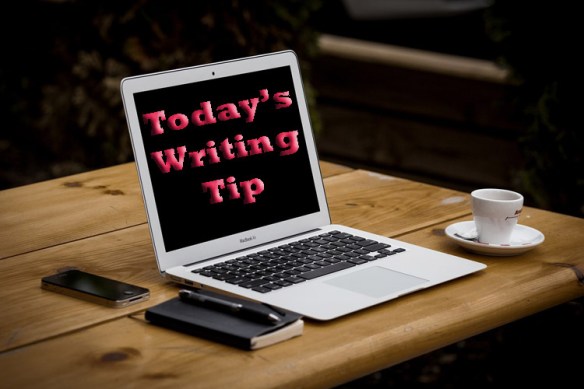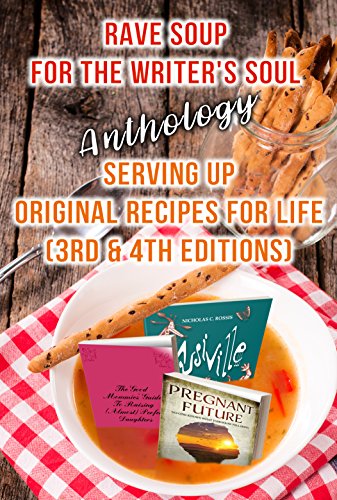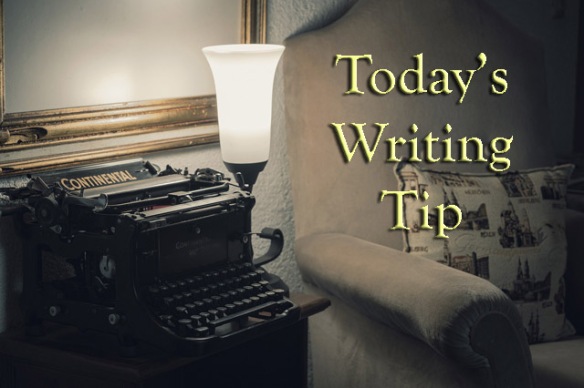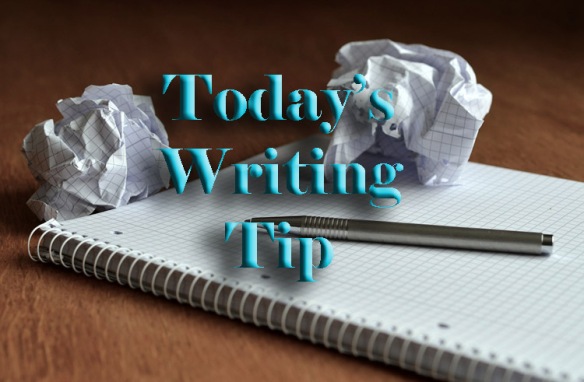
Getting my first audio book produced was a thoroughly enjoyable experience, thanks to the talents of my narrator, Hollywood actor, T.W. Ashworth. You can learn more about him and his credentials on IMDB. Meanwhile, he was willing to participate in a short interview so I could show you the face behind the many voices you get to enjoy in the audio version of “The Terra Debacle: Prisoner’s at Area 51.”
MF: How long have you been acting? How did you get your start?
TW: I’ve been performing since 1970 in a pretty varied career. Ballet dancer, Classical regional Theatre as an actor and director, national tours in musicals, movie musicals, commercials, music videos, and television. I got my start when a friend in high school dared me to audition for Eugene Ionesco’s RHINOCEROS…I got cast and fell in love with the stage.
MF: What’s your favorite part about narrating a book?
TW: Like Bottom in Shakespeare’s Midsummer Night’s Dream, I get to play all the roles. I enjoy finding different voices in my story telling.
MF: What was your favorite role so far as an actor?
TW: Let me give you an answer as varied as my career: Classical Stage – Face in Ben Jonson’s THE ALCHEMIST, Musical Theatre – Harold Hill in THE MUSIC MAN, Stage – Pastor Brian in Christine Ashworth’s two person play CASSANDRA CRIES, TV – Mr. Fisher in HOW TO GET AWAY WITH MURDER, sketch comedy – Pat Bristow’s HOW TO SURVIVE A ZOMBIE APOCALYPSE.
MF: What are you working on now (either acting role or narrating, or both)?
In narration I’m working on A Fairy Night’s Dream: or The Horn of the Oberon by Katharine Elise Chapman, Samantha V. Hutton and Symbols: Book Two of The Allegoricon Parables by Jason P Doherty. It’s the off season for TV and a slow time for film, so I’m primarily working on narration.
MF: Who was your favorite character in “The Terra Debacle”?
TW: Gabe, a gentle telepathic intellectual botanist, who is more than a bit bothered by his psychic gift.
MF: Did any part of “The Terra Debacle” surprise you?
TW: The bittersweet ending.
MF: Who do you think would enjoy this story the most?
TW: A person with an intelligent heart.
So now you know what the man behind the voices you’ll hear in “The Terra Debacle: Prisoners at Area 51” looks like and a little bit about him. You can get your copy of the audiobook on Amazon (where you can listen to an excerpt), Audible, and iTunes. If you’re not already a member, you can get it for free if you sign up for a 30-day trial. If you’re already a member and would be willing to give the story a review, contact me at marcha@kallioperisingpress.com and I’ll make arrangements for you to get a complimentary copy.












